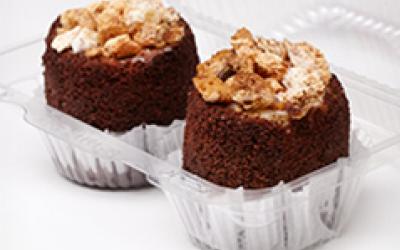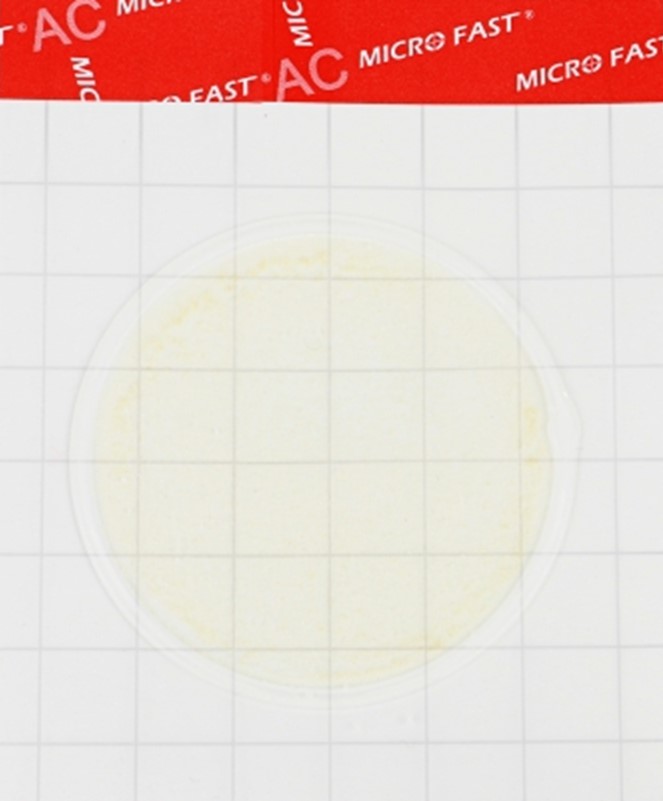Siberian acacia for chicken fence

Planting chicken-friendly plants makes life a lot easier for poultry farmers. While annual crops mainly provide useful greenery, perennial trees and shrubs provide not only additional food, but also shelter from the scorching summer sun and autumn rains.
Chickens that have access to a run with recommended vegetation always have better immunity and the quality of eggs and MEAT. An almost ideal option is to create a chicken fence from caragana tree, which is often called Siberian acacia or Siberian peas. it is a very hardy, slow growing, nitrogen fixing deciduous tree.
During flowering, the Siberian locust will be an excellent honey plant, and then it will give a large amount of nutritious seeds with a high protein content. Pods contain 4-6 seeds and open when ripe. The tree bears fruit for a long time, and the birds will not fail to feast on the harvest. By the way, the owners can also add yellow flowers with a pea flavor to the salad.
Growing acacia from seeds is the easiest and fastest way to get plants, especially if you can find natural thickets or look in parks. In Soviet times, the Siberian acacia was often planted for landscaping. You can also order seeds online.
Acacia seeds must be treated before planting to allow moisture to penetrate the hard seed coat. One way is to place the seeds in a container, cover with hot water and soak overnight. If they are not swollen, repeat the procedure.
Another method is scarification by rubbing the seeds between two pieces of sandpaper.
Seeds should be sown as seedlings at a distance of about 5 mm from each other in the prepared soil mixture, lightly covered with soil to the depth of the seeds or a little more, lightly tamped, watered, and the containers placed in a semi-dark place.
The soil should be moist, but not wet. Germination will take several weeks, so mark the planting date on the pots.
You can use store-bought potting soil or make your own by mixing 3 parts river sand and 1 part each of well-composted pine bark, peat moss, or vermiculite.
If you notice that the roots have sprouted and started to twist, it's time to transplant into a larger container. To do this, release the rooted cuttings by carefully turning the contents of the pot onto a leaf, cut the twisted ends with a clean pruner so that they remain straight. Fill the new pot halfway with soil mixture, place the seedling, cover with soil to the top and press the soil, water.
Acacias successfully propagate by cuttings from side branches. It is necessary to take the material after flowering, and cut the stalk at an acute angle by 5-15 cm. Then the lower and largest leaves, flowers and buds are removed, dipped in rooting hormone and planted in a pot to form a root system.
When creating a hedge, dig a planting hole and water twice and let soak. Check the acacia seedling again for straight roots (cut if necessary), place in the hole on the previous soil level and hold vertically while falling asleep with earth.
Continue watering about once a week until the new plant is established, especially if conditions are dry. For chicken hedges from Siberian acacia, apply mulching with pine bark. Firstly, acacias like pine mulch, and secondly, all kinds of insects will gather under the pieces of bark.
Acacia pruning is carried out annually after flowering.
Seeds containing up to 36% protein and a high fat content (12.4%) are suitable for harvesting for the winter. Pull a fabric bag (not plastic) or nylon tights over the ripening pods and tie them. The seeds from the burst pods will fall into the bag and you will only have to place them in airtight storage containers.
Read together with it:
- EUobserver has learned of a possible sanctions deferral due to three countries.Hungary and Slovakia are seeking concessions that could delay the adoption of the 19th EU sanctions package , EUobserver reports. Austria, led by Viktor Orbán and Robert Fico, has also put forward its own proposal.Bratislava and Budapest may delay the adoption of the 19th sanctions package. The Slovak prime minister may delay the matter at the EU leaders' summit on October 23, EUobserver reports, ...
- Не как в кино: сколько весят сумки инкассаторов и что они находят в банкоматах?Новости темы Как производится инкассация банкоматов и сколько весят сумки с деньгами? Об этом и не только в проекте "Честный рассказ" поведал старший инкассатор отдела инкассации и перевозки Регионального управления №1 г. Минска Василий Агарелик. - Я как оператор отвечаю за инкассацию банкомата. Со мной в паре работает старший группы, который в большей степени отвечает за безопасность и, разумеетс...
- Московская область сохраняет лидерство в производстве и экспорте сыра в РоссииПо итогам семи месяцев 2025 года Московская область подтвердила статус ведущего производителя сыра в стране. Регион обеспечивает практически четверть общероссийского объёма и является ключевым игроком на международном рынке. В Министерстве сельского хозяйства и продовольствия Московской области сообщили, что за январь-июль 2......
- Zelensky imposed new sanctions against RussiaZelenskyy signed new sanctions against RUSSIA, targeting entrepreneurs, the military industry, and the oil sector. Earlier, the Kremlin stated that Kyiv had no desire to continue negotiations on a peaceful settlement of the conflict. Volodymyr ZelenskyyUkrainian President Volodymyr Zelenskyy signed several new sanctions against Russia, he announced on his TELEGRAM channel. According to him, the fi...
- Как профилактика меняет борьбу с главной причиной смертности в РоссииСозданная в России сеть сосудистых центров доказала свою эффективность в спасении жизней. Сегодня приоритетными задачами государства становятся управление факторами риска и повышение приверженности граждан лечению 29 сентября отмечается Всемирный день сердца — здоровье сердечно-сосудистой системы напрямую определяет качество и продолжительность жизни. В России профилактика, диагностика и лечение б...
- О самых распространенных причинах пожаров рассказали в МЧС2 октября, Минск. О самых распространенных причинах пожаров рассказал начальник главного управления надзора и профилактики МЧС Дмитрий Турчин на "Предупреждение чрезвычайных ситуаций в осенне-зимний период. Профилактика пожаров и гибели людей от них", которая прошла в БЕЛТА. "В республике наблюдается рост количества пожаров на 7,7%, и на 1......



























































